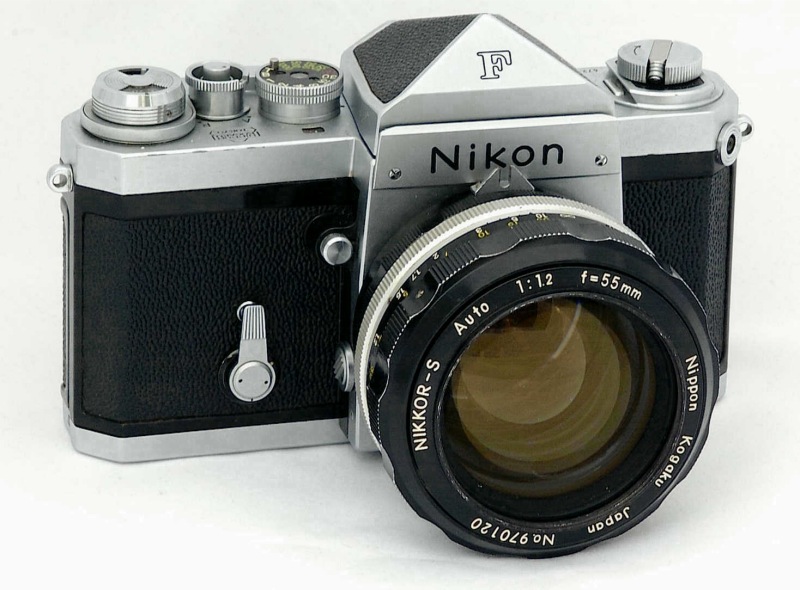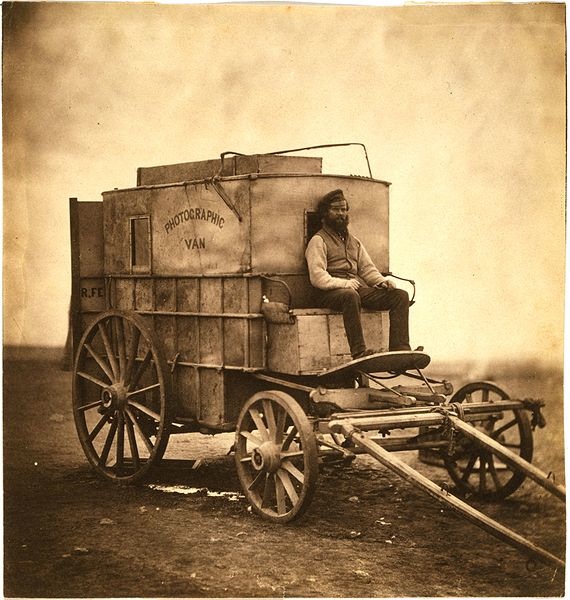Harold Mac knew it.

The state of the art around Harold Mac’s time.
A British Prime Minister and the wealthy scion of a famous publishing company once told the British that “they have never had it so good”. That was Harold Macmillan in 1957. This applies equally to photographers today. And while Harold Mac was addressing one of those rare periods of prosperity that England only enjoyed once since (unless you were a bankster), for photographers it continues to get better, and at an accelerating pace.
Sure, we can grumble that full frame DSLRs are behemoths which deny the original full frame concept introduced by the Leica almost a century ago. And why don’t most cameras have proper viewfinders? But if you are prepared to give up a little flexibility, and make a compromise or two, the raft of expected features today is breathtaking. Consider:
- Collapsible lenses
- Pocketability
- A few ounces at most
- Hundreds or thousands of images stored on a postage stamp-sized card
- Miniscule batteries
- Auto focus
- Auto exposure
- Face recognition
- Built in flash
- Auto red eye elimination
- Auto White Balance
- ISO1000 and up
- Motor drives
- Movie capability
- Wifi or 3G transmission of images from the camera
- Near total silence
- LCD screens, often swivelling
- Wireless remotes
- Automatic dust removal
- Anti-shake
- GPS
- Panorama capability
- Time lapse
- Phone calls from cell cameras
- Vast range zoom lenses
- Broad processing capabilities at the touch of a keyboard and mouse
- Projection quality on just about any LCD screen size you can think of
- High dynamic range
- Throwaway cheap – compare the fraction of disposable income taken versus 50 years ago
- Instant results
- No film
- No futzing with chemicals
- Waterproof
- Available in pink
Of that long list, the 1925 Leica offered but the first three …. and the Leica or Nikon of Harold Mac’s time offered no more, though either now weighed twice as much!
These thoughts ran through my mind after seeing the David Bailey movie I wrote of the other day. Every time he raises that Pentax to his eye I think of the horrendous amount of back-end work needed to realize the artist’s vision. And that assumes he focused and exposed the image correctly in the first place.
Technology obsoletes labor and expertise. For many economies that’s not a good thing but for all photographers it’s a dream come true. So what if “anyone can take a picture”? Kodak said “You take the picture, we do the rest” over a century ago. Kodak is gone but that jingle is finally true. The “we” is largely microprocessors/telcos/computers/cell phones, and the amount YOU have to do has never been less. All you need is a forefinger and an eye. The latter is in as scarce supply today as it has ever been. But the technical obstacles to the realization of vision have never been lower.

The state of the art today. Weight? <5 ounces.
Bailey would have killed for that little Sony in 1962 as much as Cartier-Bresson would have in 1932. And Roger Fenton would have killed for either the Sony or that Leica of yore:

Roger Fenton’s gear wagon, Crimean War, 1855. Weight? 500 pounds + horse to feed and water.
And you thought your kit bag was large?